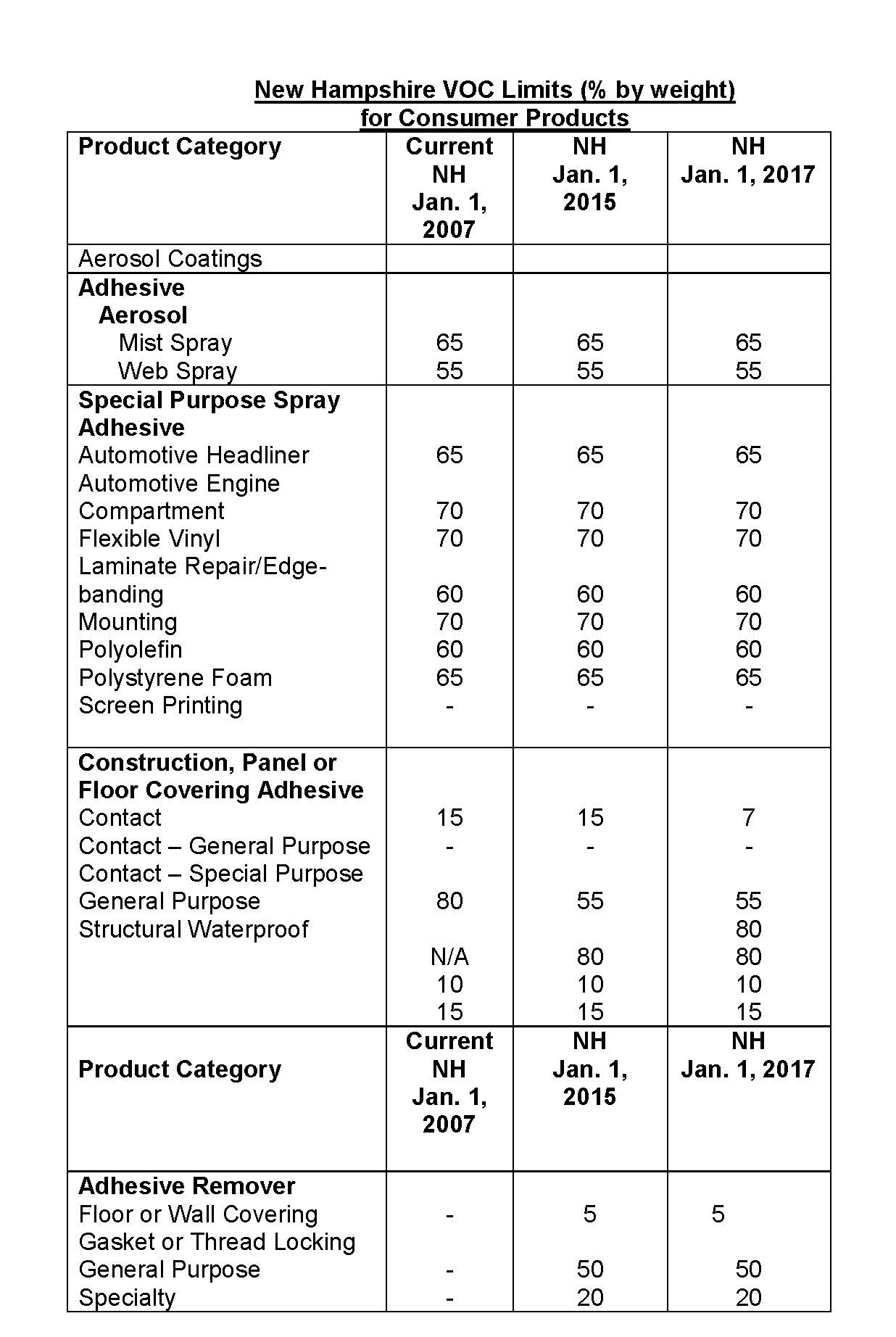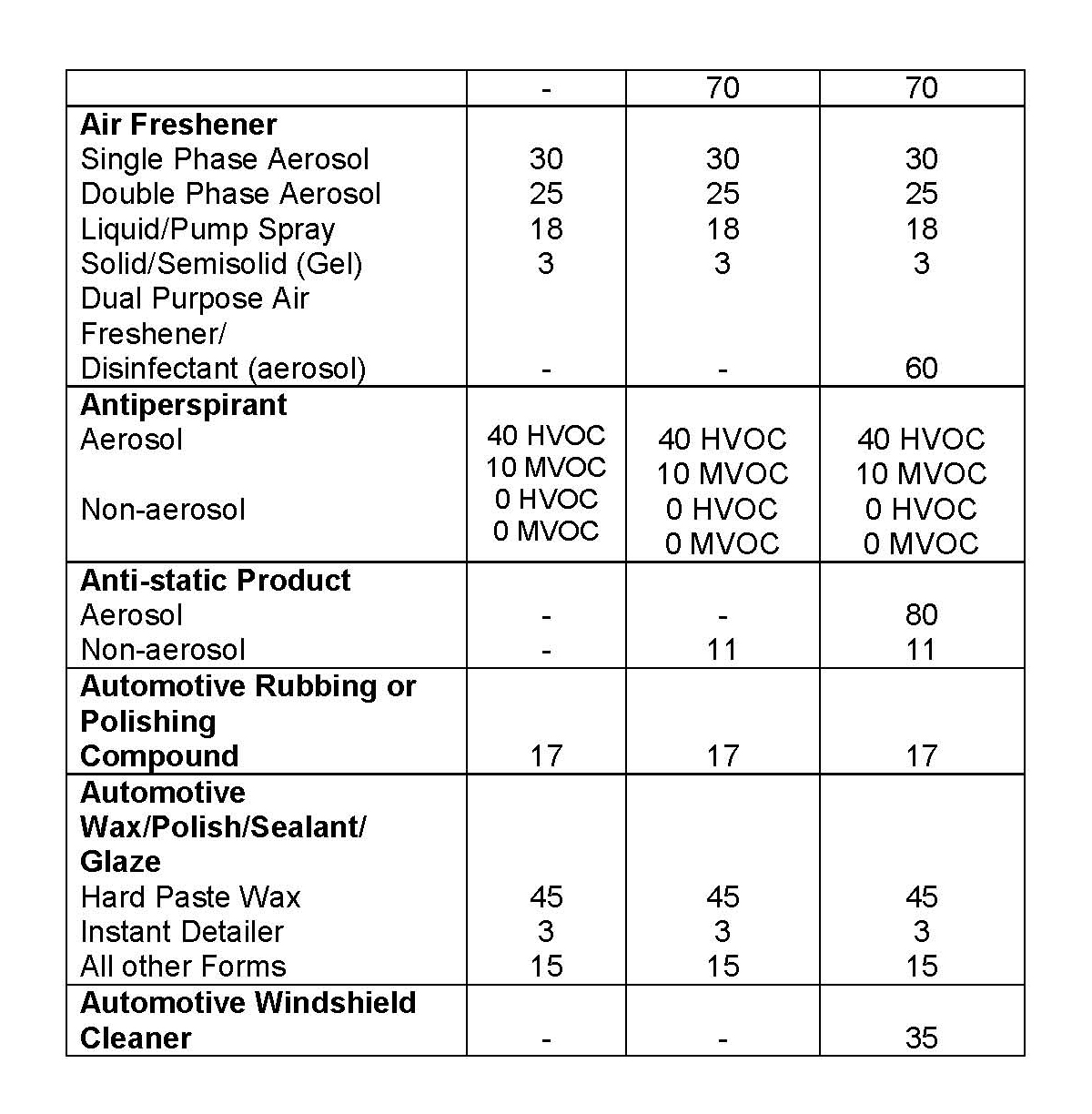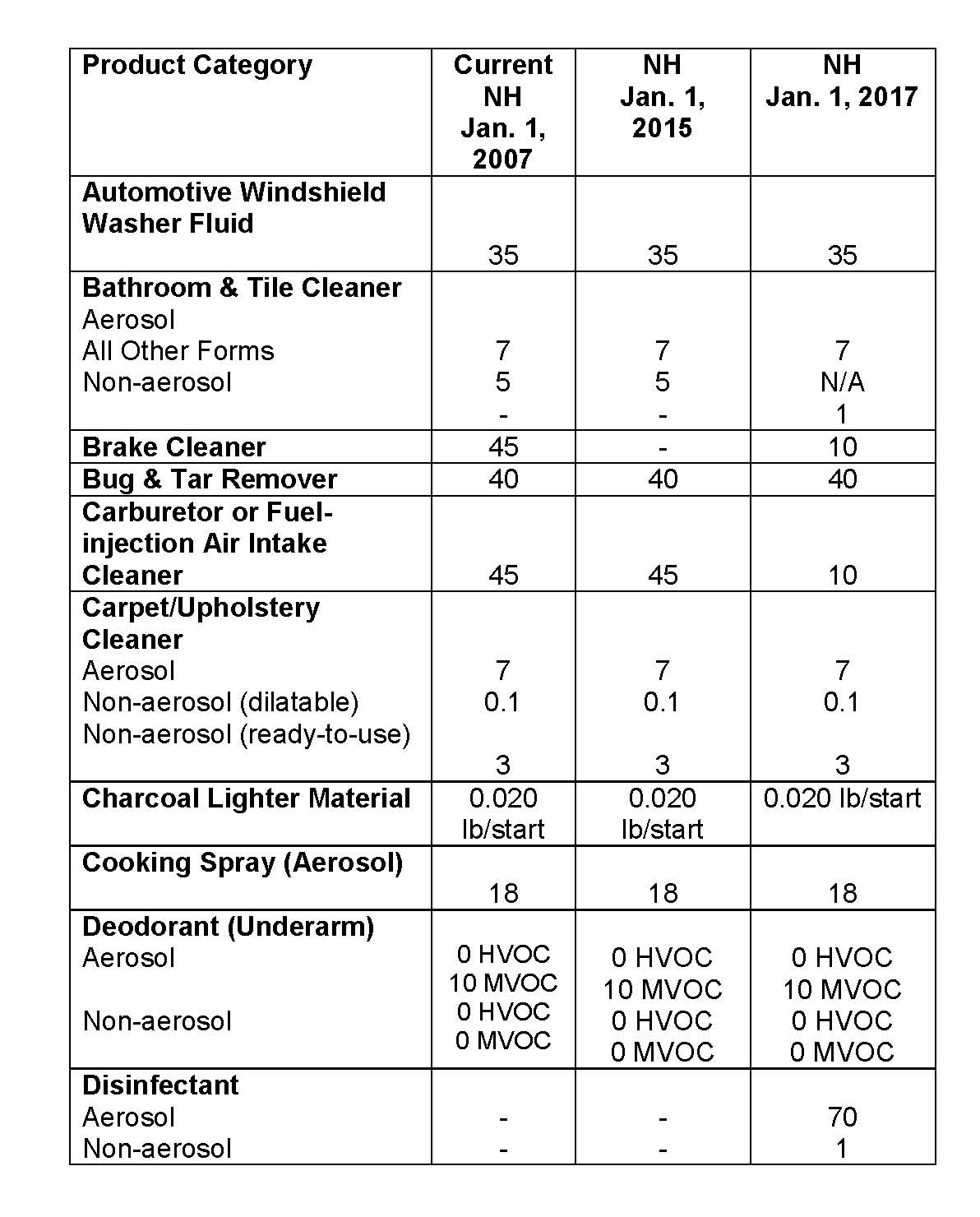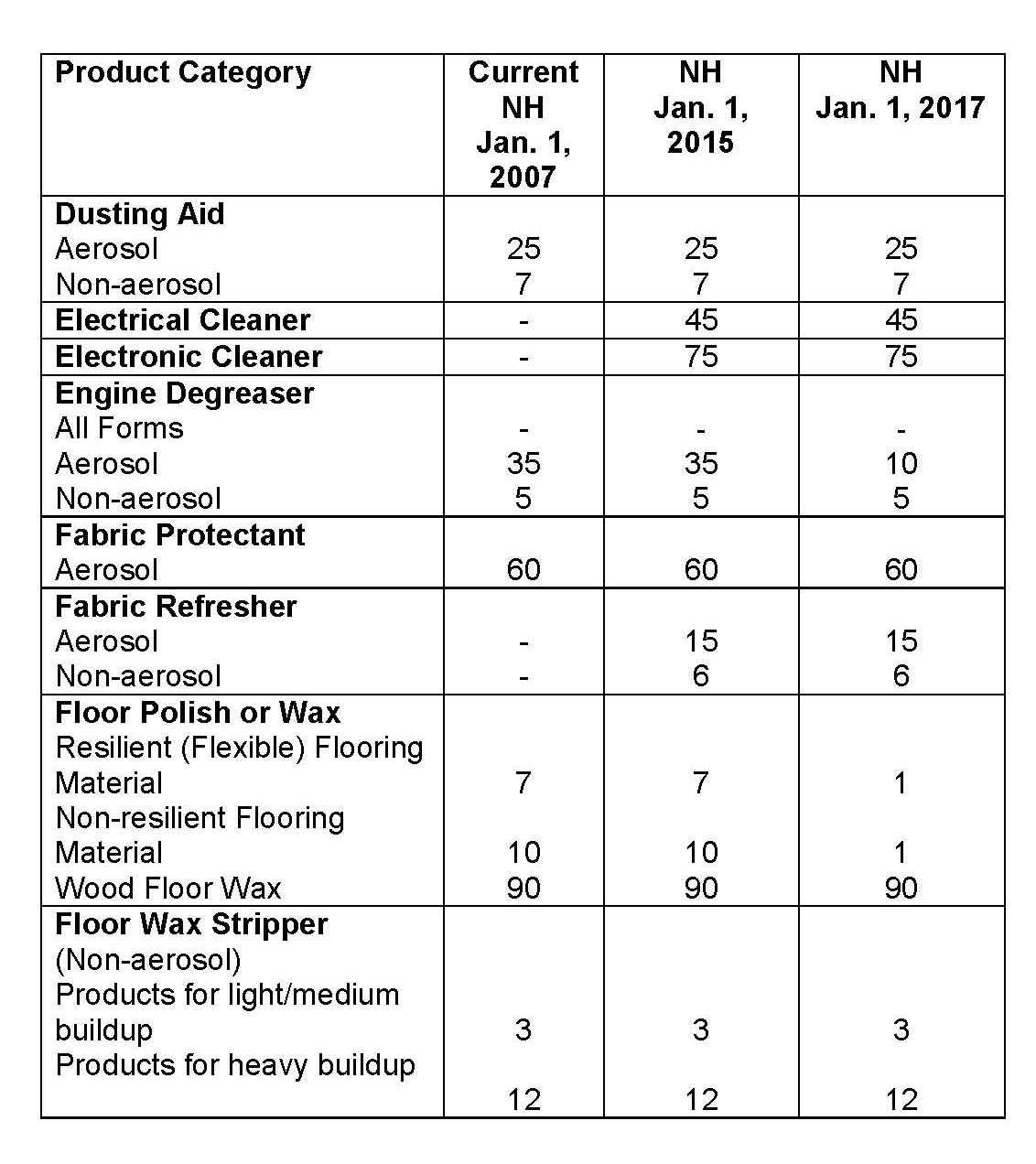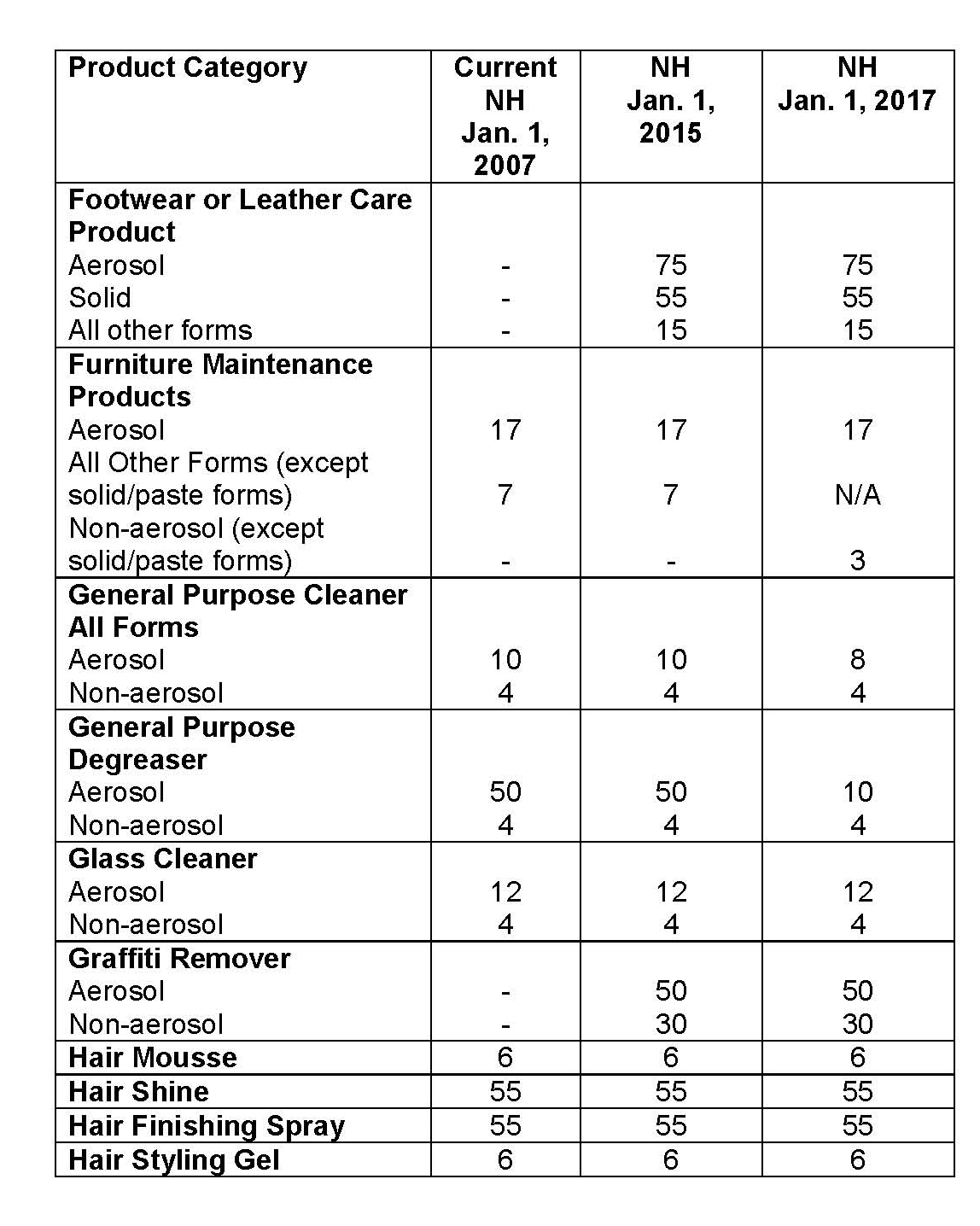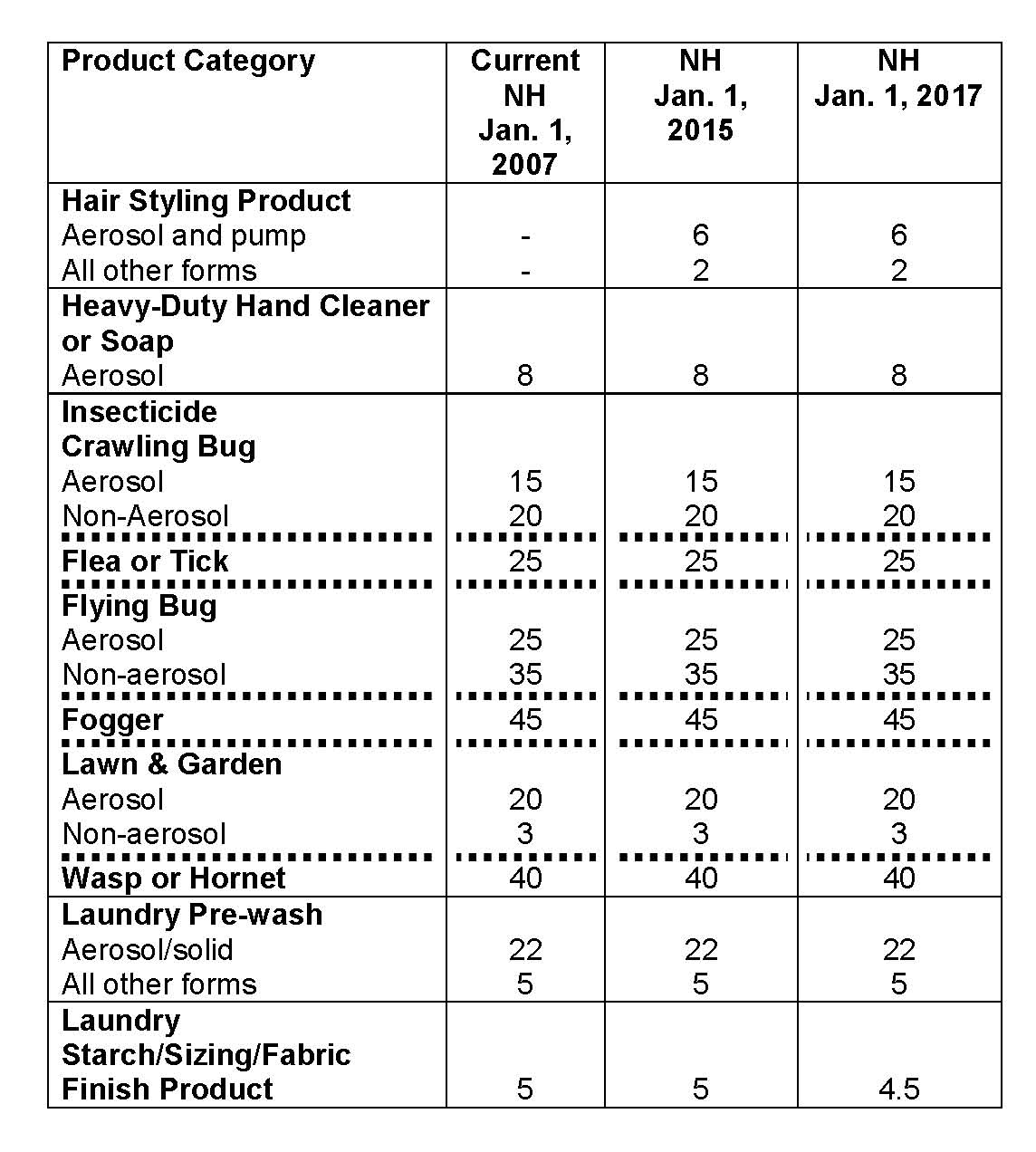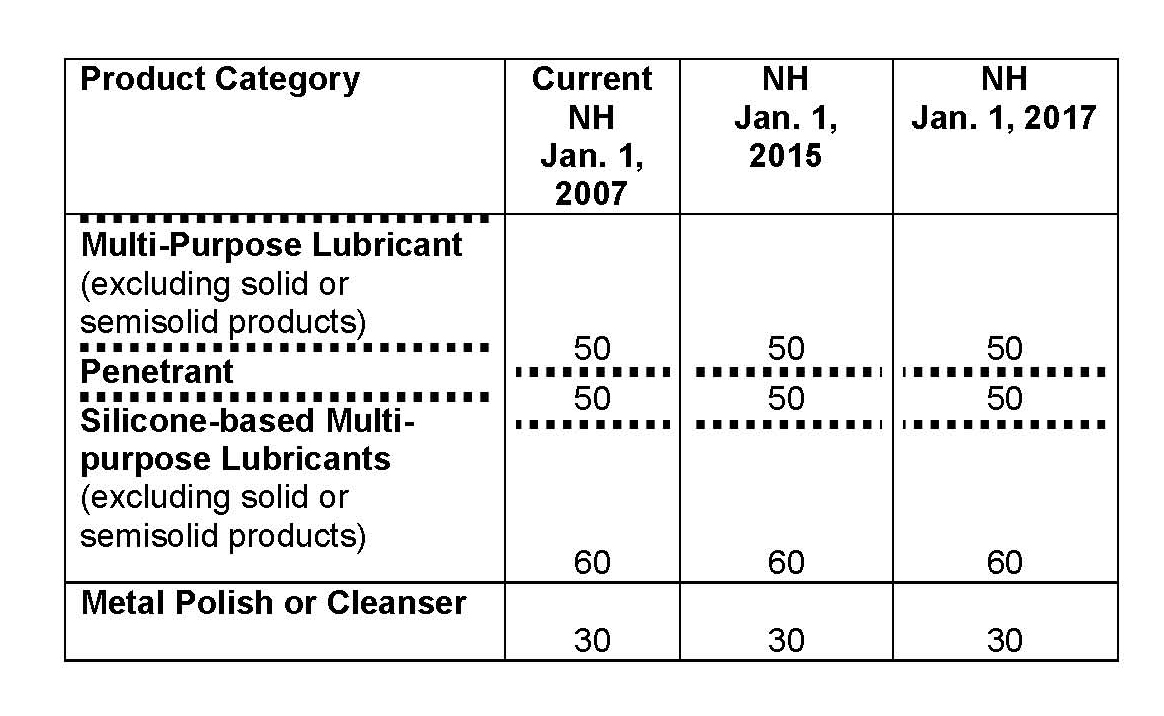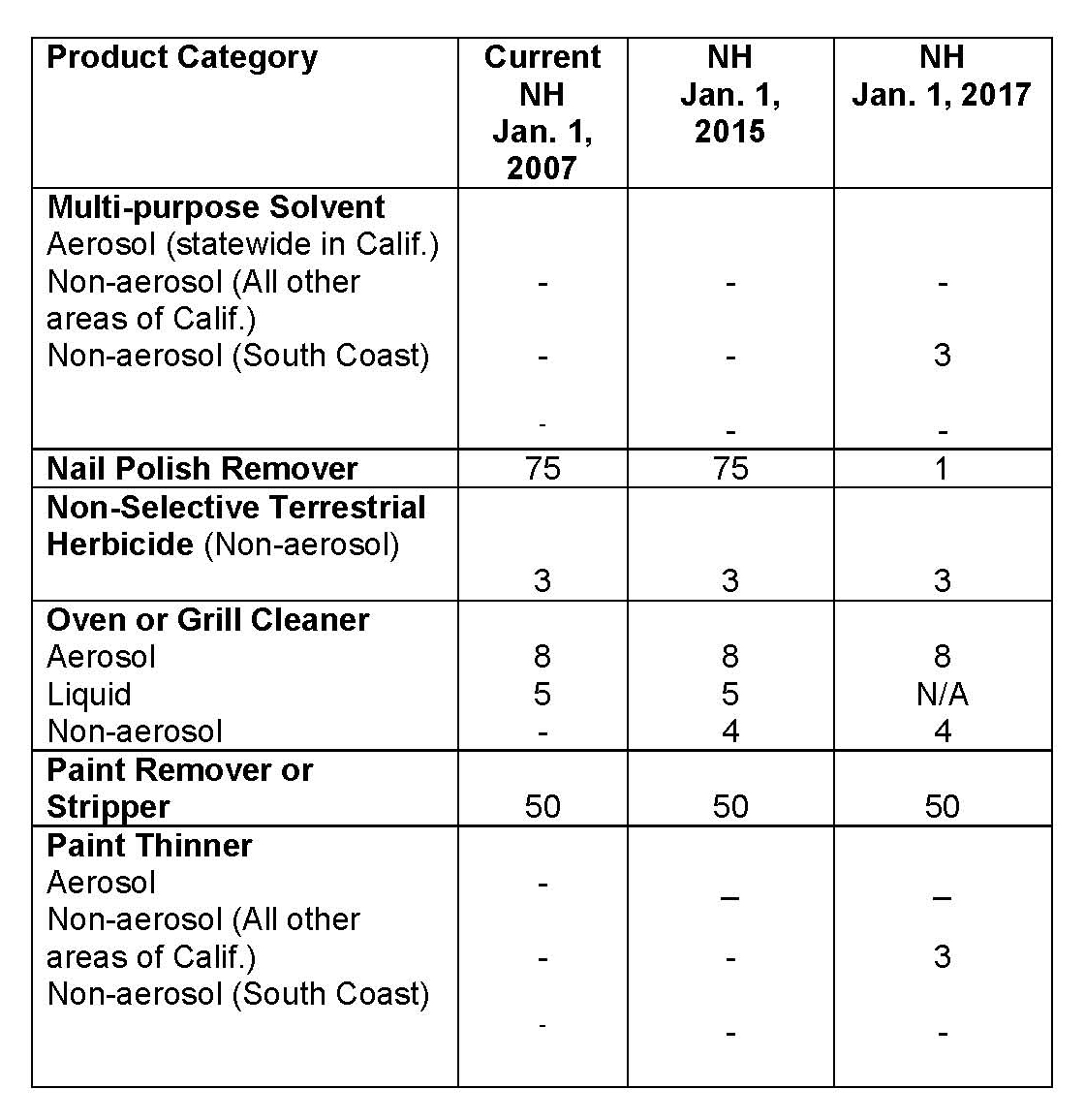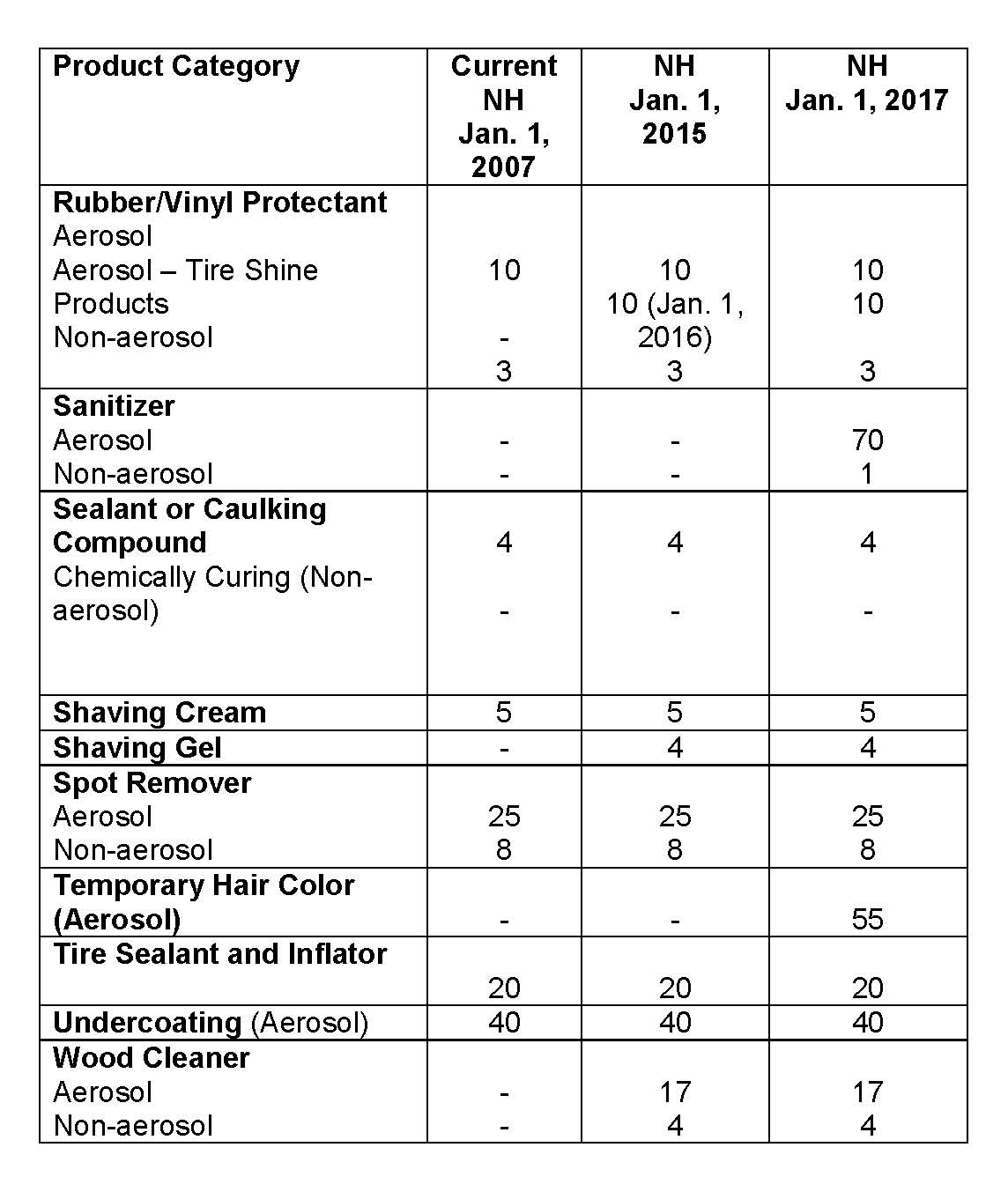Written on: January 2, 2015 by Doug Raymond
 Happy New Year!
Happy New Year!
CARB
The Consumer Product Survey is ongoing. CARB held a webinar on December 15 to assist consumer product companies in filling out their surveys. This is a time consuming activity. Remember, the better information we put into the system, the better our regulation development should be. The survey needs to be completed by March 1, 2015.
LVP
As stated last month, the LVP studies are ongoing. The industry needs to closely monitor these studies to ensure that the protocols being used to test the LVP compounds are within the realm of reality. For example, the LVP compounds need to be tested using real world conditions—not just tested to determine if the LVP compound can volatilize to create ozone, but to tested under normal conditions to determine if the LVP compounds do indeed volatilize. This is a subtle but very important difference. It means more hands-on work for our scientists. However, we do not have a choice. Industry needs to maintain the LVP exemption as is or we need to go back to CARB and alter the VOC limits. Remember, the majority of VOC limits are based on the use of LVP compounds. Thus, it is time to get involved with this issue!
VOC limits
Remember, some aerosol coating categories became effective on 1/1/2015. These were the Specialty Coating categories. All the amendments from September 2013 are now effective, which means HFO-1234ze is now an exempt propellant. The definitions for single use cleaners and degreasers are effective. Take care in labeling these types of products. Remember, these products are single use and should not have multiple claims. Enforcement is watching closely.
Product Dating/Date coding
Date code information needs to be reported to CARB every year by your company if you do not use CARB’s standard date coding. California Section 94512 (b) product dating specifically requires that all consumer products to be sold into the state display the day, month and year that the products was manufactured—or a code indicating the date. CARB has been increasingly active investigating and levying fines for non-compliance.
The date or date-code information must be located on the container or inside the cover/cap so that it is readily observable or obtainable (by simply removing the cap/cover) without irreversibly disassembling any part of the container or packaging. Information may be displayed on the bottom of a container as long as it is clearly legible without removing any product packaging.
CARB’s standard code, which has to be represented separately from the other codes on the product container so that it is easily recognizable, is the following: YY DDD (Year Year Day Day Day). A manufacturer who uses this standard CARB code to indicate the date of manufacture does not have to report their code.
Failure to register a date code is subject to a fine. Every year the fines seem to go up. Your date code explanation needs to be submitted to the enforcement on an annual basis, on or before January 31st of each year. Date coding information is to be sent directly to Steve Giorgi at sgiorgi@arb.ca.gov.
Green Chemistry
The Department of Toxic Substance Control (DTSC) is still working on the original three priority products. In addition, DTSC is working on their three-year plan.
SNAP
Proposed Rule amendments had comments submitted by Industry on October 21. Not directly linked to this issue, but still important, is the ruling by the International Trading Commission (ITC) stating that Chinese imports of HFC-134a did not harm U.S. Industry. This means that HFC-134a will remain less expensive, and may motivate the EPA to keep the deadline for prohibition where it is at or at least not move it out as far.
OTC
Remember, the New Hampshire Department of the Environment proposed changes to their consumer product regulation. We expect the changes to pass. A full table of the new VOC limits can be accessed at www.spraytm.com under the “Regulatory Issues” section.